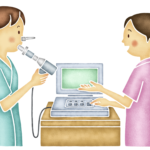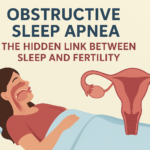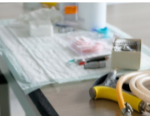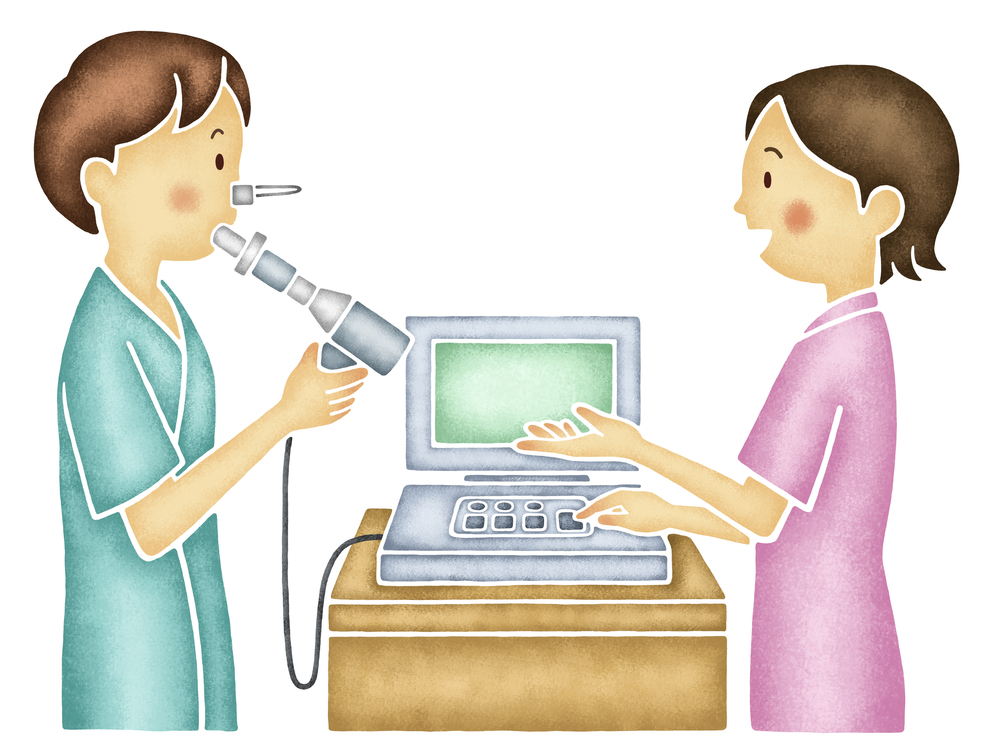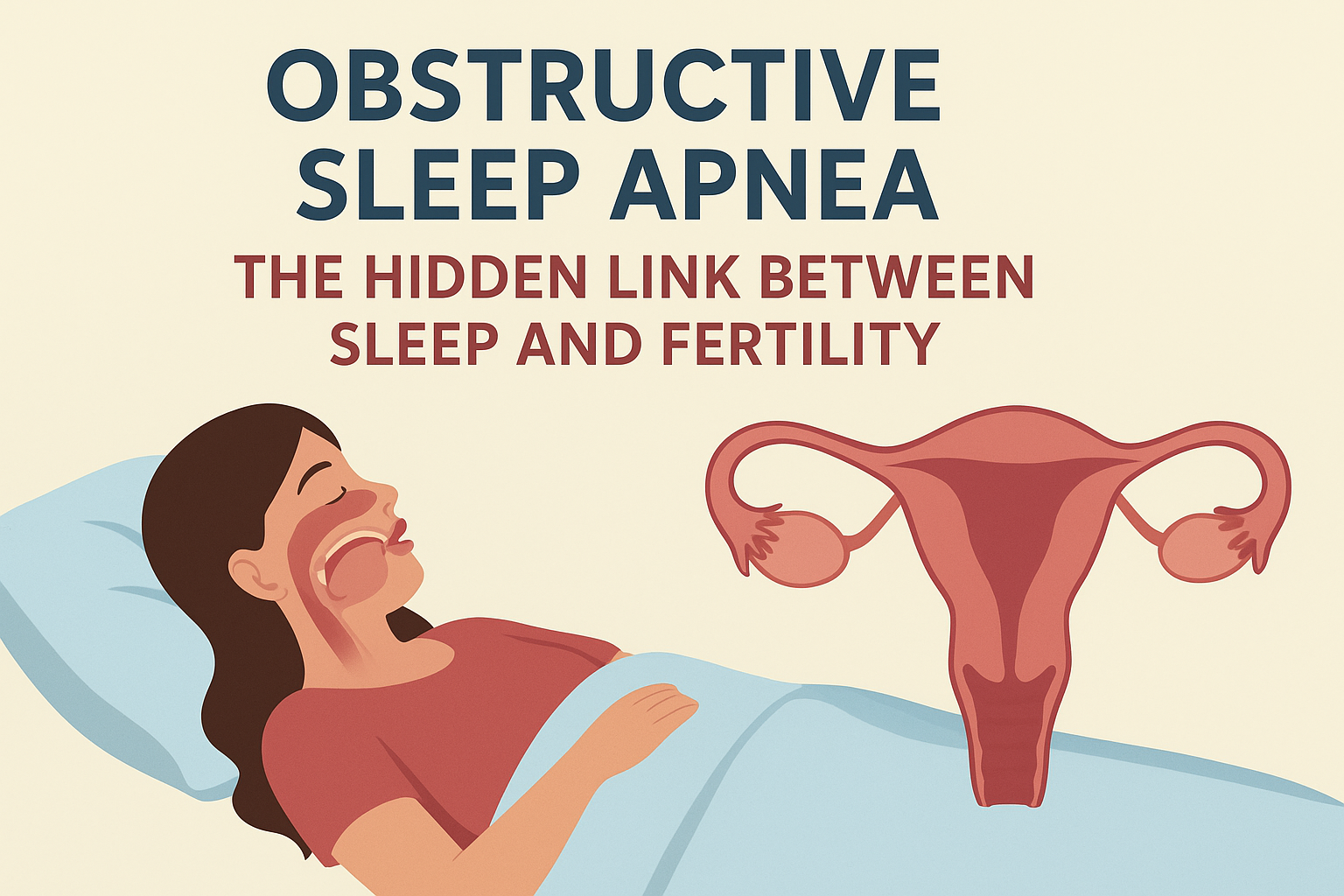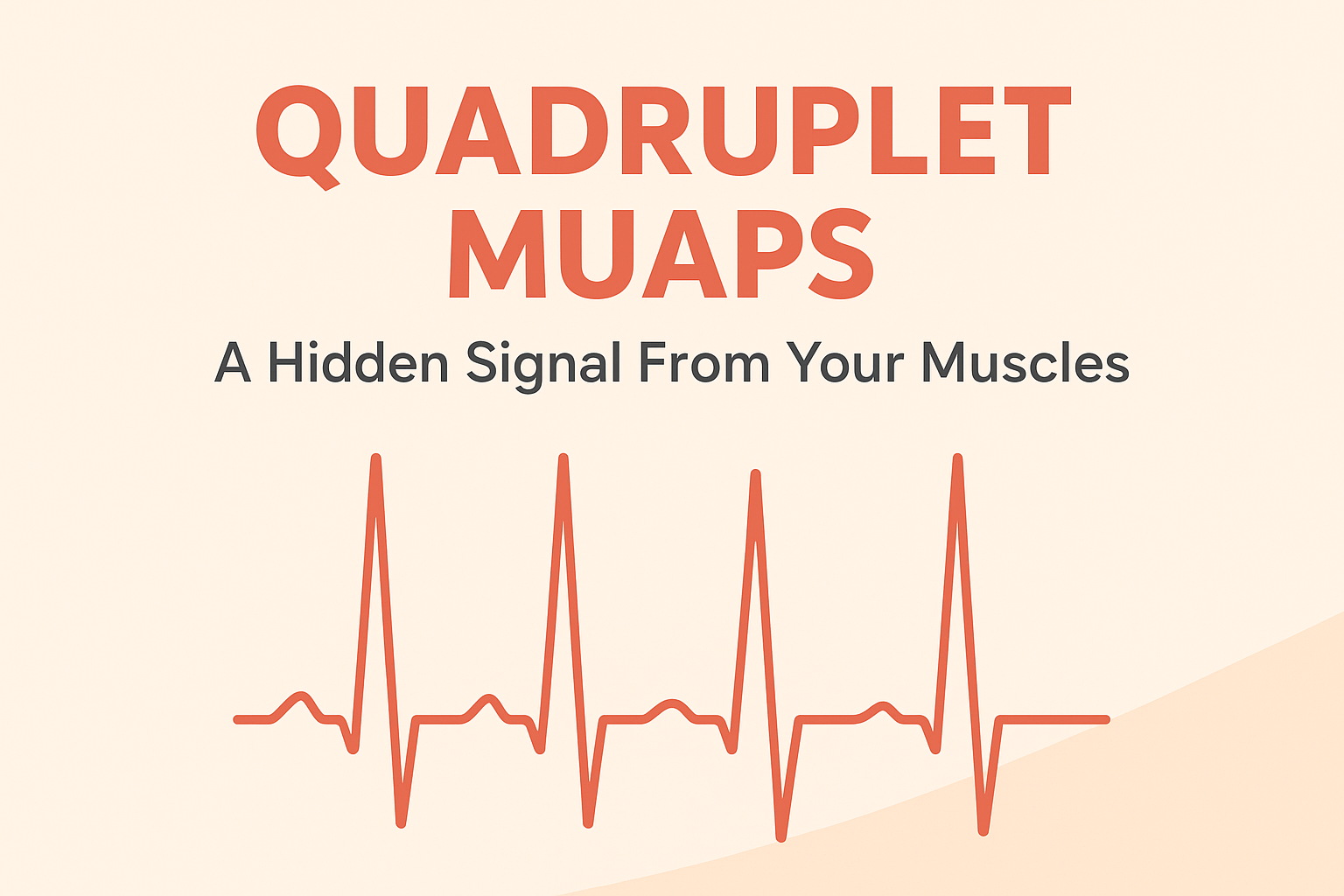
5 min 54 seconds read.
BY GARIMA SHARMA
MENTOR: DR. MANVIR BHATIA
ABSTRACT-
Removing waste from life is important for breathing well.
How do our kidney diseases also cause sleep disturbances?
Let’s find out:
The relationship between Obstructive sleep apnea (OSA), and cardiac and lung-related problems is renowned though the relationship between kidney disorder and OSA is not much known among us. “Why am I becoming breathless if I have been diagnosed with just kidney dysfunction?” is the question most CKD (chronic kidney disease) patients ask. OSA has a bi-directional relationship with CKD. That indicates that CKD worsens OSA and vice-versa.
OSA-
We now know how important the role of sleep is in maintaining normal body physiology. We also know that snoring isn’t very pleasant for you or your partner sleeping next to you. Sleep can be disturbed for a lot of reasons. Most common, underdiagnosed, and ignored is Obstructive Sleep Apnea (OSA). Cessation of breath for more than 10 seconds repeatedly during sleep causes frequent arousals, stress hormones release, gasping and choking sensation, and oxygen desaturation. It is associated with excessive daytime sleepiness, tiredness, mood swings, poor quality of life, and increased morbidity and mortality. OSA increases the risk of cardiac diseases, hypertension, stroke, and depression. It has been the major cause of death due to traffic accidents because drivers doze off. Because of the overall worsening of health by other major diseases associated with OSA. One among them is CKD (Chronic Kidney Disease).
What is CKD?
Chronic kidney disease or chronic kidney failure means that the kidneys do not perform their function of filtering waste and excess fluids from blood, causing excess accumulation of these electrolytes, fluids, and waste products in your body. Progress end-stage kidney failure is fatal without artificial filtering by dialysis or kidney transplant.
CKD- Symptoms: Along with sleep problems, other symptoms associated with CKD are Nausea, Vomiting, Loss of appetite, Fatigue, and weakness, Urinating more or less, Decreased mental sharpness, Muscle cramps, Swelling of feet and ankles, Dry, itchy skin, High blood pressure (hypertension) that’s difficult to control, Shortness of breath if fluid builds up in the lungs and Chest pain if fluid builds up around the lining of the heart. [i]
Triad of CKD, OSA, and Hypertension. [ii]
The presence of OSA in CKD usually lacks the typical symptoms of OSA including loud snoring, apneic episodes, and daytime somnolence, which leads to the underdiagnoses of OSA in this patient population.
Features associated with CKD such as chronic fatigue, uremia or side effects of medications, and the increased sympathetic activity in the setting of volume overload may overshadow the complaint of subjective sleepiness. Approximately 50% of the patients with ESRD have OSA, making it common among this patient group. Sakaguchi et al. reported a high prevalence of OSA in no dialysis CKD patients; they found moderate to severe OSA in these patients as compared to mild to moderate OSA in the control group. [iii]
- Shared risk factors of OSA and CKD:
- Diabetes
- Hypertension
- OSA is an independent predictor of proteinuria- important for analyzing CKD progression.
- OSA, CKD, and Hypertension share common pathophysiology including:
- Chronic volume overload- causes treatment-resistant hypertension and difficult to manage OSA in CKD and ESRD patients. When you lie down for resting or sleeping, the volume shifts from the lower extremities to the upper body causing the worsening in peripharyngeal edema (Abnormal accumulation of fluid leading to swelling of the pharynx) leading to the worsening of OSA.
- Hyper-aldosteronism (a corticosteroid hormone that stimulates the absorption of sodium by the kidneys and so regulates water and salt balance). A dysregulated renin-angiotensin-aldosterone system may contribute to excess sodium retention and hypertension. This may be activated in OSA. [iv]
- Increased sympathetic activity- Due to increased chemo reflex drive. OSA with hypoxia increases vasoconstriction, leading to resistant hypertension and reduced renal function.
- Endothelial dysfunction- Intermittent hypoxia from OSA during the night leads to the release of endothelin. It is a potent vasoconstrictor, which is another contributor to resistant hypertension in OSA.
- Increased inflammatory markers like elevated levels of plasma C-reactive protein, leukocyte superoxide, and soluble adhesion molecules suggest the presence of chronic systemic inflammation in OSA. [v]
TREATMENT:
- Positive airway pressure therapy:
OSA is often treated with CPAP (sometimes BIPAP), which gives pressurized air to keep the airway open during sleep thus preventing apneic spells and hypoxia. This, in turn, reduces the resistant hypertension which further slows down the process of CKD by reducing the GFR hyperfiltration, plasma brain natriuretic peptide, and urinary meta-adrenaline levels.
CPAP improves baseline endothelial NO release and stimulates endothelium-dependent vasorelaxation in the systemic circulation thus improving systolic and diastolic BP and slowing the progression of CKD.
- Renal Replacement Therapy:
In patients with ESRD on HD, intensive dialysis techniques have been shown to improve the severity of OSA. The conversion from conventional hemodialysis to nocturnal hemodialysis was associated with a reduction in the frequency of apnea and hypopnea from 25+/-25 to 8+/-8 episodes per hour of sleep (P=0.03). [vi]
In a trial where a sleep study was performed before and after transplant, there was a significant decrease in AHI in OSA patients after transplant. [vii]
- Antihypertensive Therapy:
Diuretic therapy helps in improving the OSA by displacing the fluid that moves from the lower body to the upper body during sleep. This helps in improving the leg fluid volume and reducing the neck circumference as well.
In one study, the investigators evaluated the changes in the severity of OSA in patients with resistant hypertension after treatment with spironolactone and found that with treatment, the AHI and hypoxic index, weight, and clinic and ambulatory BP were significantly reduced. [viii]
CONCLUSION:
OSA is more prevalent in CKD patients than in normal individuals.
OSA shares many common risk factors (diabetes and hypertension) and pathophysiology. Some symptoms, of OSA like daytime sleepiness, may be overshadowed due to mechanisms like increased sympathetic activity in a volume overload setting. It may give the chance of missing out on the diagnosis of OSA. Thus, it’s recommended to book sleep studies for CKD patients when clinically suspected. Treatment of OSA with CPAP has markedly improved symptoms of CKD as well. Renal replacement therapy, dialysis, and anti-hypertensive therapy are the treatment of choices available.
To seek help or know more about your sleep apnea, you can visit the Neurology and Sleep Centre, the 1st sleep centre in the country accredited by the Indian Board of Sleep Medicine at L-23, Hauz Khas Enclave, New Delhi, Delhi-110016 (INDIA)
Or give a call on +91-11-46070321, +91-9643500270
Book your sleep study today. [ix]
[i] “Chronic Kidney Disease – Symptoms and Causes.”
[ii] Aziz and Chaudhary, “The Triad of Sleep Apnea, Hypertension, and Chronic Kidney Disease.”
[iii] “High Prevalence of Obstructive Sleep Apnea and Its Association with Renal Function among Nondialysis Chronic Kidney Disease Patients in Japan: A Cross-Sectional Study – PubMed.”
[iv] Svatikova et al., “Obstructive Sleep Apnea and Aldosterone.”
[v] Atkeson and Jelic, “Mechanisms of Endothelial Dysfunction in Obstructive Sleep Apnea.”
[vi] Hanly and Pierratos, “Improvement of Sleep Apnea in Patients with Chronic Renal Failure Who Undergo Nocturnal Hemodialysis.”
[vii] Lee et al., “Improvement of Sleep-Related Breathing Disorder in Patients with End-Stage Renal Disease after Kidney Transplantation.”
[viii] Gaddam et al., “Spironolactone Reduces Severity of Obstructive Sleep Apnoea in Patients with Resistant Hypertension.”
[ix] “Best Neurologist in Delhi | Sleep Specialist.”
BIBLIOGRAPHY:
Atkeson, Amy, and Sanja Jelic. “Mechanisms of Endothelial Dysfunction in Obstructive Sleep Apnea.” Vascular Health and Risk Management 4, no. 6 (December 2008): 1327–35.
Aziz, Fahad, and Kunal Chaudhary. “The Triad of Sleep Apnea, Hypertension, and Chronic Kidney Disease: A Spectrum of Common Pathology.” Cardiorenal Medicine 7, no. 1 (2017): 74–82. https://doi.org/10.1159/000450796.
“Best Neurologist in Delhi | Sleep Specialist.” Accessed March 21, 2022. https://www.neurologysleepcentre.com/.
Mayo Clinic. “Chronic Kidney Disease – Symptoms and Causes.” Accessed June 8, 2022. https://www.mayoclinic.org/diseases-conditions/chronic-kidney-disease/symptoms-causes/syc-20354521.
Gaddam, K., E. Pimenta, S. J. Thomas, S. S. Cofield, S. Oparil, S. M. Harding, and D. A. Calhoun. “Spironolactone Reduces Severity of Obstructive Sleep Apnoea in Patients with Resistant Hypertension: A Preliminary Report.” Journal of Human Hypertension 24, no. 8 (August 2010): 532–37. https://doi.org/10.1038/jhh.2009.96.
Hanly, P. J., and A. Pierratos. “Improvement of Sleep Apnea in Patients with Chronic Renal Failure Who Undergo Nocturnal Hemodialysis.” The New England Journal of Medicine 344, no. 2 (January 11, 2001): 102–7. https://doi.org/10.1056/NEJM200101113440204.
“High Prevalence of Obstructive Sleep Apnea and Its Association with Renal Function among Nondialysis Chronic Kidney Disease Patients in Japan: A Cross-Sectional Study – PubMed.” Accessed June 9, 2022. https://pubmed.ncbi.nlm.nih.gov/21415314/.
Lee, Jeong Jin, Gaab Soo Kim, Jie Ae Kim, Sung-Joo Kim, Jin Gu Kang, Gunn Hee Kim, and Hae Hyuk Jung. “Improvement of Sleep-Related Breathing Disorder in Patients with End-Stage Renal Disease after Kidney Transplantation.” Clinical Transplantation 25, no. 1 (February 2011): 126–30. https://doi.org/10.1111/j.1399-0012.2009.01174.x.
Svatikova, Anna, Lyle J. Olson, Robert Wolk, Bradley G. Phillips, Taro Adachi, Gary L. Schwartz, and Virend K. Somers. “Obstructive Sleep Apnea and Aldosterone.” Sleep 32, no. 12 (December 1, 2009): 1589–92.


